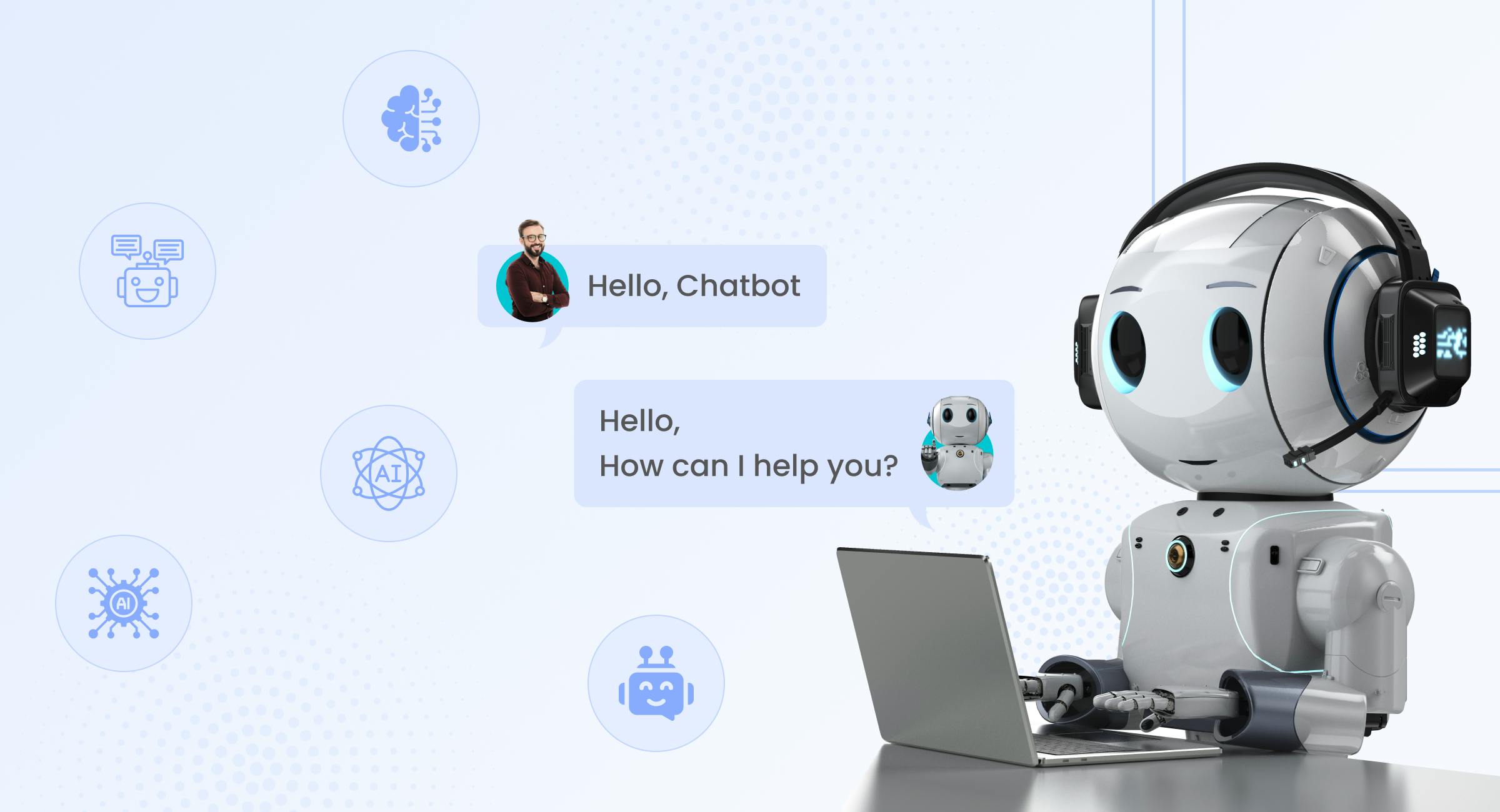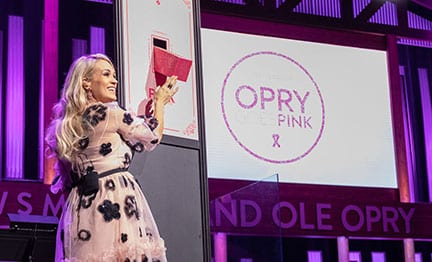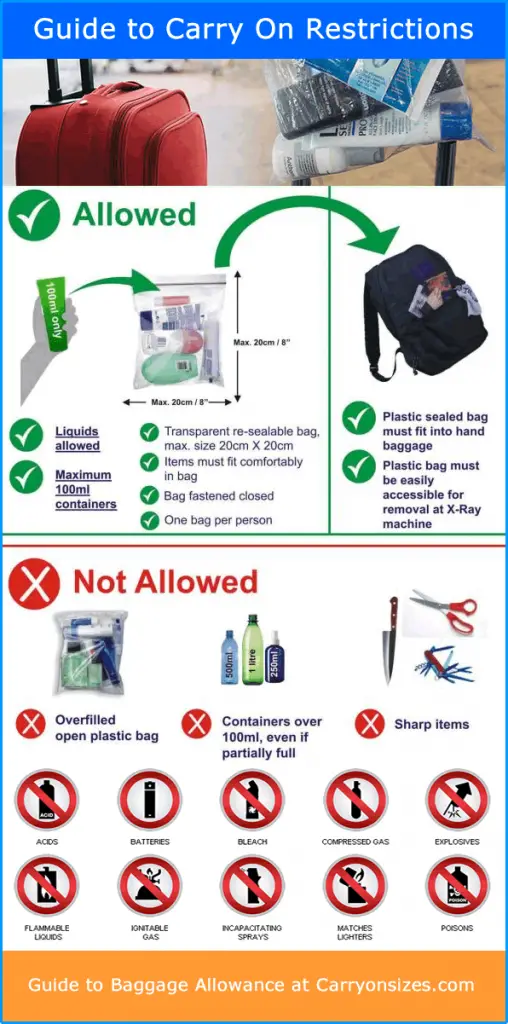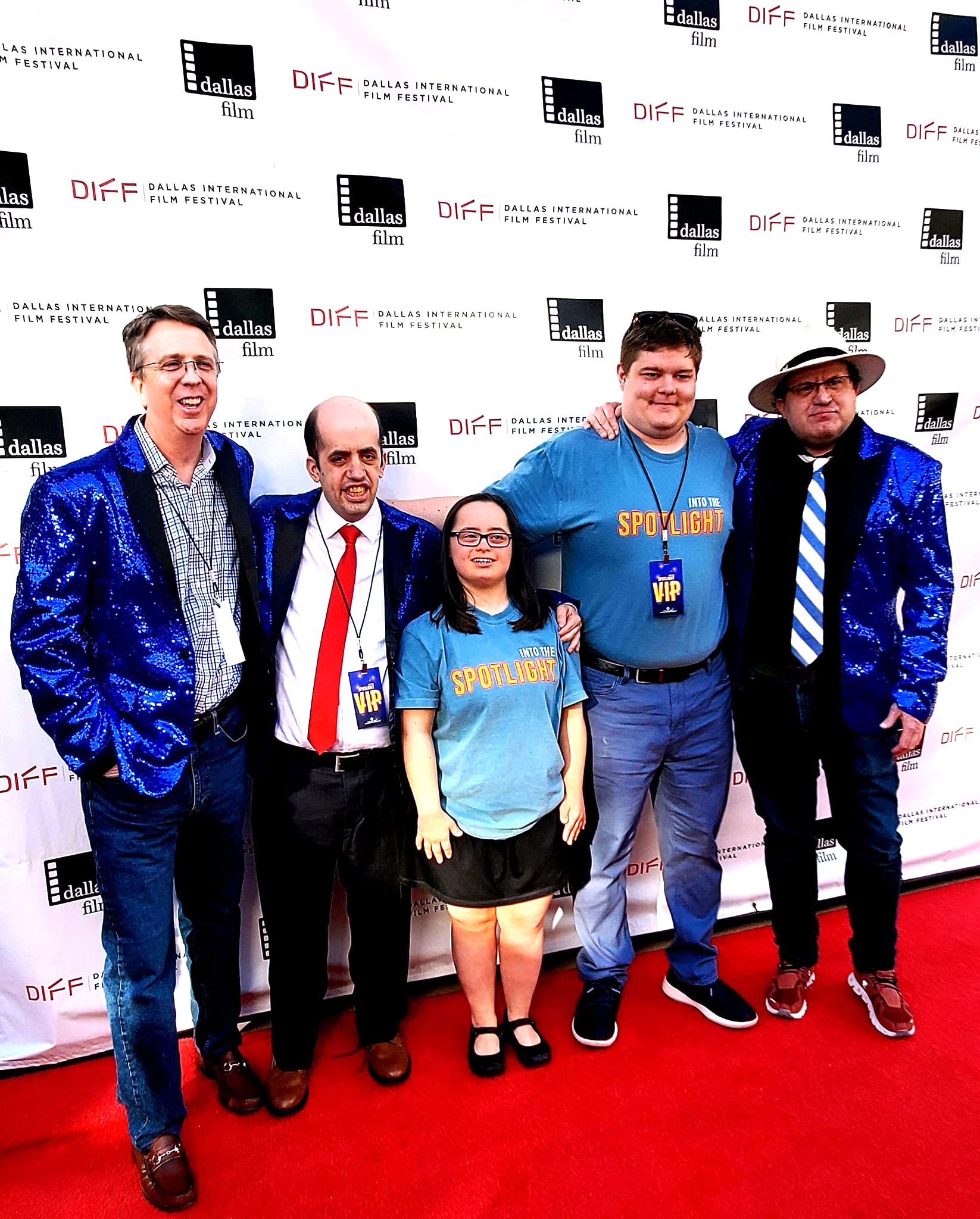Character AI Chatbots And Free Speech: A Legal Gray Area

Table of Contents
Character AI chatbots offer unprecedented opportunities for creative expression and communication, but their capabilities also raise complex questions about free speech and legal responsibility. This rapidly evolving technology occupies a significant legal gray area, where the lines between protected speech, harmful content, and platform accountability are increasingly blurred. This article explores the key legal challenges surrounding Character AI chatbots and free speech.
The First Amendment and AI-Generated Content
Defining "Speech" in the Age of AI
Does the First Amendment protect speech generated by an AI chatbot? This question pushes the boundaries of established legal precedent. The arguments for protection often center on the user's intent and creative input, viewing the chatbot as a tool for expression, similar to a word processor or a paintbrush. Conversely, arguments against protection highlight the lack of human agency and the potential for AI to generate harmful or illegal content without human oversight.
- Personhood of AI: Can an AI be considered a "person" with the right to free speech? Current legal frameworks are not designed to address this question.
- Role of the User: To what extent does the user's input determine the legal status of the AI-generated content? Does a user's prompting constitute "publication"?
- AI as Publisher: Could the developers of Character AI or the platform hosting it be considered publishers, subject to liability for the content generated by their AI? This raises questions similar to those surrounding traditional online platforms.
- User-Generated vs. AI-Generated Content: The legal distinctions between content directly created by a user and content generated by an AI, even with user input, remain unclear and require further legal clarification.
Content Moderation and Censorship Concerns
Character AI platforms face a significant challenge: how to moderate content generated by their chatbots without infringing on free speech principles. Automated content moderation systems, while efficient, are prone to errors and biases.
- Challenges of Automated Moderation: AI-generated text can be incredibly diverse and nuanced, making it difficult for algorithms to accurately identify harmful or inappropriate content.
- Algorithmic Bias: Content moderation algorithms may reflect and amplify existing societal biases, leading to unfair or discriminatory outcomes.
- Over- and Under-Moderation: Balancing the need to remove harmful content with the protection of free speech is a delicate task. Over-moderation can stifle creativity and legitimate expression, while under-moderation can lead to the spread of harmful content.
- Impact on User Experience: The stringency of content moderation directly affects user experience. Overly strict moderation may frustrate users, while lax moderation can create a toxic online environment.
Liability and Responsibility for Harmful Content
Determining Responsibility Between Users, Developers, and Platforms
When a Character AI chatbot generates offensive, harmful, or illegal content, assigning legal responsibility becomes complex. Several parties could be implicated:
- User Liability: The user who prompted the AI could bear responsibility if their prompt directly caused the harmful output.
- Developer Liability: The developers of Character AI could face liability if flaws in the AI's design or training data led to the generation of harmful content. This could involve arguments of negligence or even strict liability.
- Platform Liability: The platform hosting Character AI might be held responsible under existing laws concerning online content, depending on the jurisdiction and the specifics of the case. Legal precedents related to Section 230 in the US are highly relevant here, although their application to AI-generated content is still being debated.
- User Agreements: The terms of service and user agreements often play a significant role in defining the responsibilities of users and platforms.
The Challenges of Predicting and Preventing Harmful Output
Mitigating the risks associated with harmful AI-generated content is a major challenge for developers. Current AI safety mechanisms have limitations:
- Limitations of Current AI Safety Mechanisms: While AI models are trained to avoid generating certain types of content, they are not foolproof and can still produce unexpected and harmful outputs.
- Ethical Considerations in AI Development: The development of AI requires careful consideration of ethical implications and a commitment to responsible innovation.
- Ongoing Monitoring and Improvement: Continuous monitoring and improvement of AI models are crucial for identifying and addressing potential harms. This is an ongoing process requiring substantial resources and expertise.
The Future of Regulation and Legal Frameworks
The Need for Clearer Legal Guidelines
The current legal framework is insufficient to address the unique challenges posed by Character AI chatbots. We need:
- Specific Legislation: New legislation is needed to define the legal status of AI-generated content, clarify liability issues, and establish standards for content moderation.
- Industry Self-Regulation: While legislation is essential, industry self-regulation can play a vital role in setting ethical guidelines and best practices.
- International Cooperation: Given the global nature of the internet, international cooperation is crucial to ensure consistent and effective regulation of AI-generated content.
Balancing Innovation and Public Safety
Fostering responsible innovation in AI while protecting users from harm requires a multi-faceted approach:
- Ethical AI Development: Developers must prioritize ethical considerations throughout the development process, including data privacy, bias mitigation, and safety testing.
- Transparency and Accountability: Transparency in AI development and deployment is essential for building trust and accountability. This includes clear explanations of how AI models work and how they are monitored.
- Ongoing Dialogue: Open dialogue between developers, policymakers, legal experts, and the public is crucial for developing effective and ethical regulations.
Conclusion:
Character AI chatbots present a complex legal landscape regarding free speech, liability, and regulation. The current legal framework is ill-equipped to handle the unique challenges posed by AI-generated content. Clearer legal guidelines and responsible development practices are crucial to navigate this evolving area.
Call to Action: Understanding the legal implications of Character AI and similar chatbots is vital for both developers and users. Continue exploring this critical issue and advocate for responsible innovation and a legal framework that protects both free speech and public safety in the age of advanced AI chatbots. Learn more about the legal gray areas surrounding Character AI chatbots and engage in the conversation to shape the future of AI and free speech.

Featured Posts
-
 Aleksandrova Pobezhdaet Samsonovu V Pervom Kruge Shtutgartskogo Turnira
May 23, 2025
Aleksandrova Pobezhdaet Samsonovu V Pervom Kruge Shtutgartskogo Turnira
May 23, 2025 -
 A Real Pain Kieran Culkin Shares Jesse Eisenbergs Unique Casting Story
May 23, 2025
A Real Pain Kieran Culkin Shares Jesse Eisenbergs Unique Casting Story
May 23, 2025 -
 Ecb Cricket Latest Scores Fixtures And News From England And Wales
May 23, 2025
Ecb Cricket Latest Scores Fixtures And News From England And Wales
May 23, 2025 -
 Grand Ole Opry Goes Global Historic London Show At Royal Albert Hall
May 23, 2025
Grand Ole Opry Goes Global Historic London Show At Royal Albert Hall
May 23, 2025 -
 Portable Charger Restrictions On Southwest Airlines What You Need To Know
May 23, 2025
Portable Charger Restrictions On Southwest Airlines What You Need To Know
May 23, 2025
Latest Posts
-
 Joe Jonas Stuns Fort Worth Stockyards With Impromptu Concert
May 23, 2025
Joe Jonas Stuns Fort Worth Stockyards With Impromptu Concert
May 23, 2025 -
 Fort Worth Stockyards Joe Jonas Unexpected Performance
May 23, 2025
Fort Worth Stockyards Joe Jonas Unexpected Performance
May 23, 2025 -
 The Last Rodeo Highlighting Neal Mc Donoughs Character
May 23, 2025
The Last Rodeo Highlighting Neal Mc Donoughs Character
May 23, 2025 -
 Neal Mc Donough And The Last Rodeo A Western Showdown
May 23, 2025
Neal Mc Donough And The Last Rodeo A Western Showdown
May 23, 2025 -
 Experience Free Films And Celebrity Encounters At The Dallas Usa Film Festival
May 23, 2025
Experience Free Films And Celebrity Encounters At The Dallas Usa Film Festival
May 23, 2025
